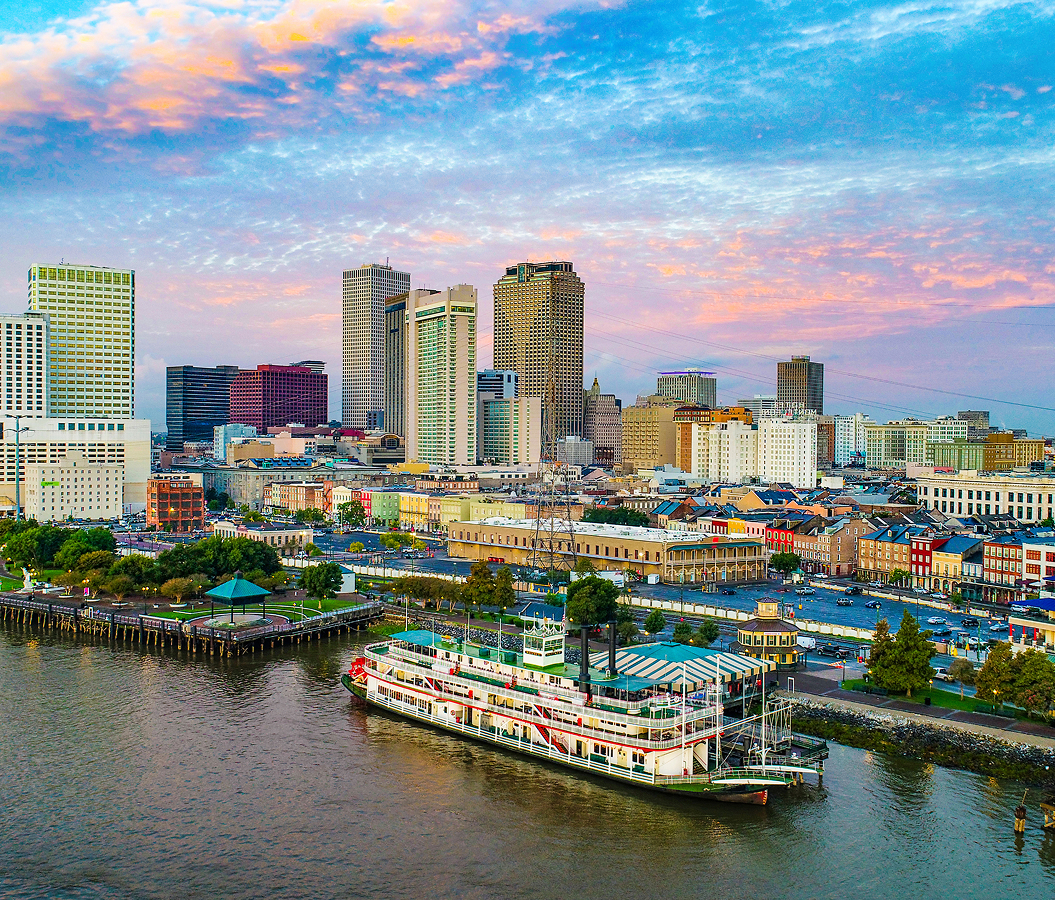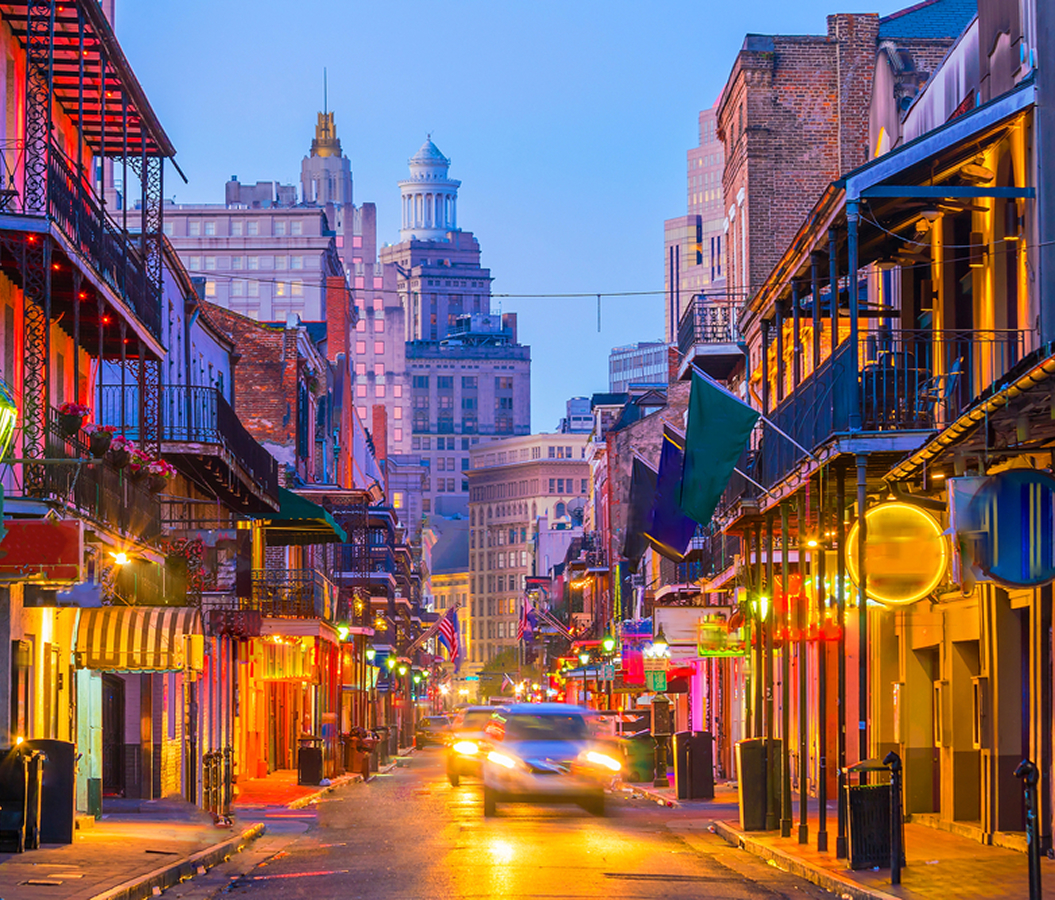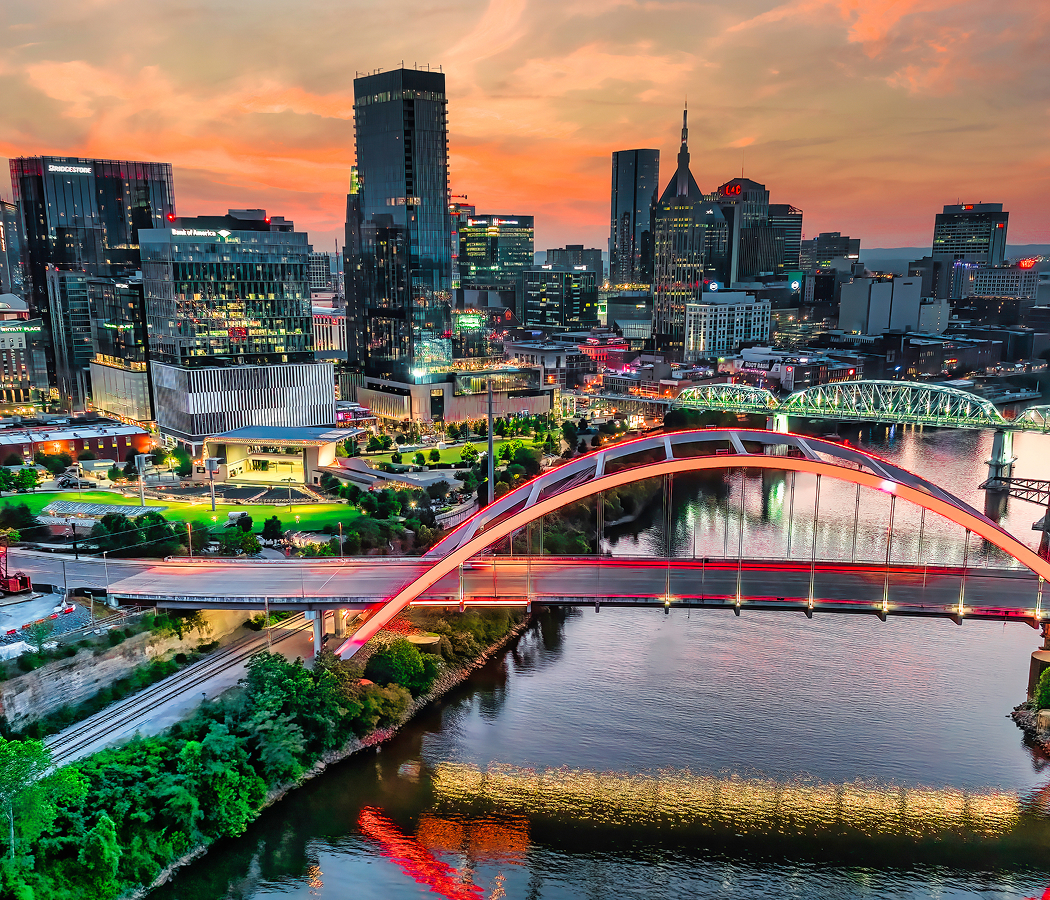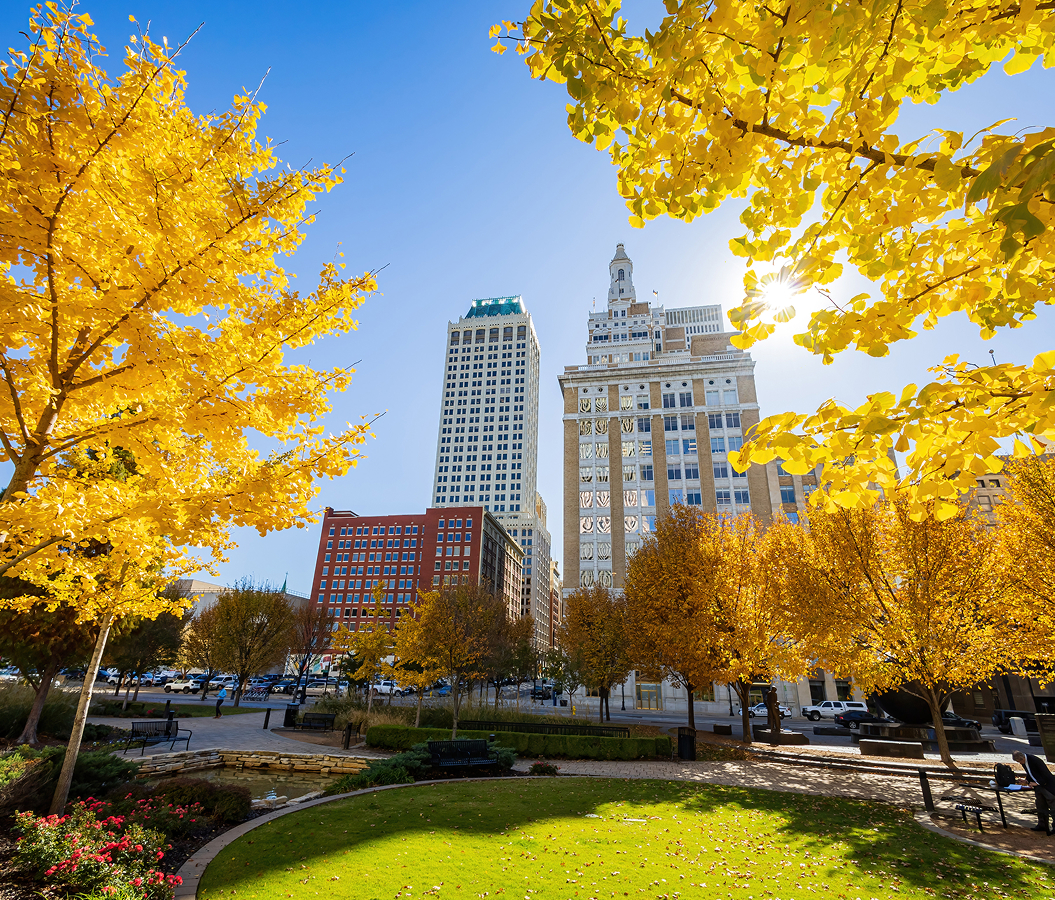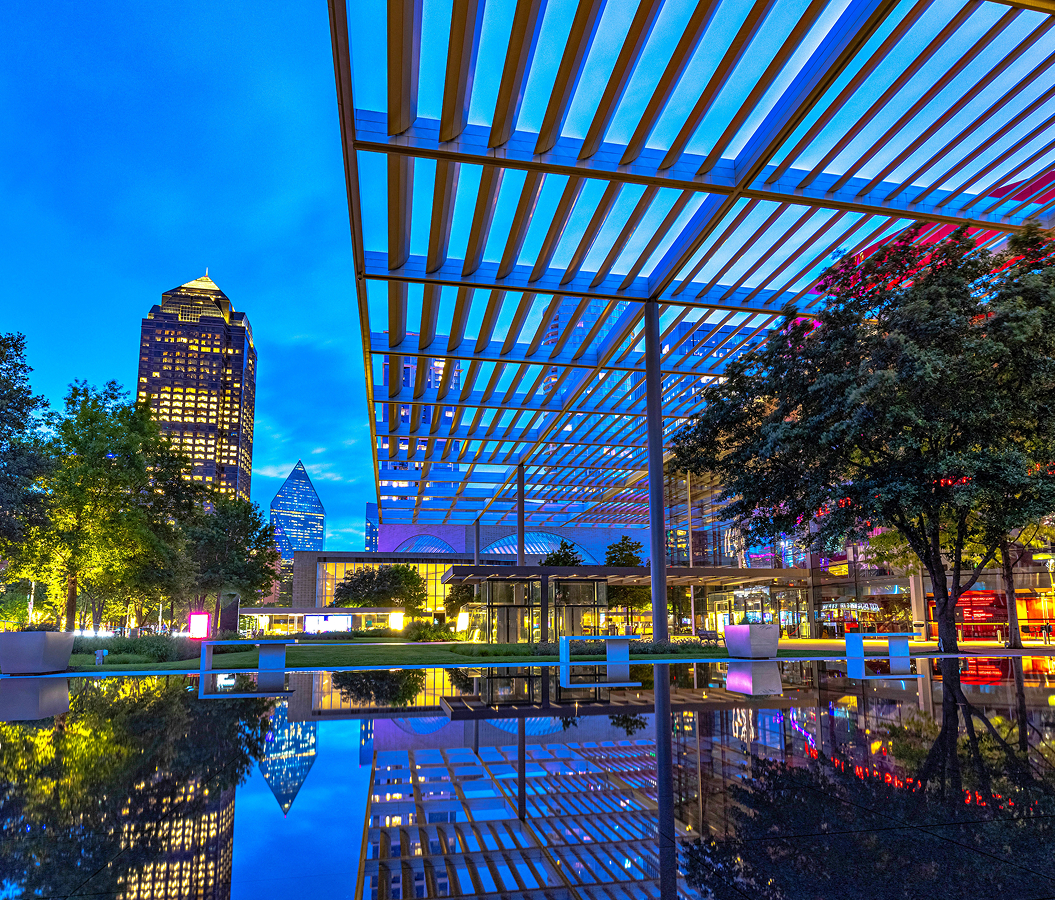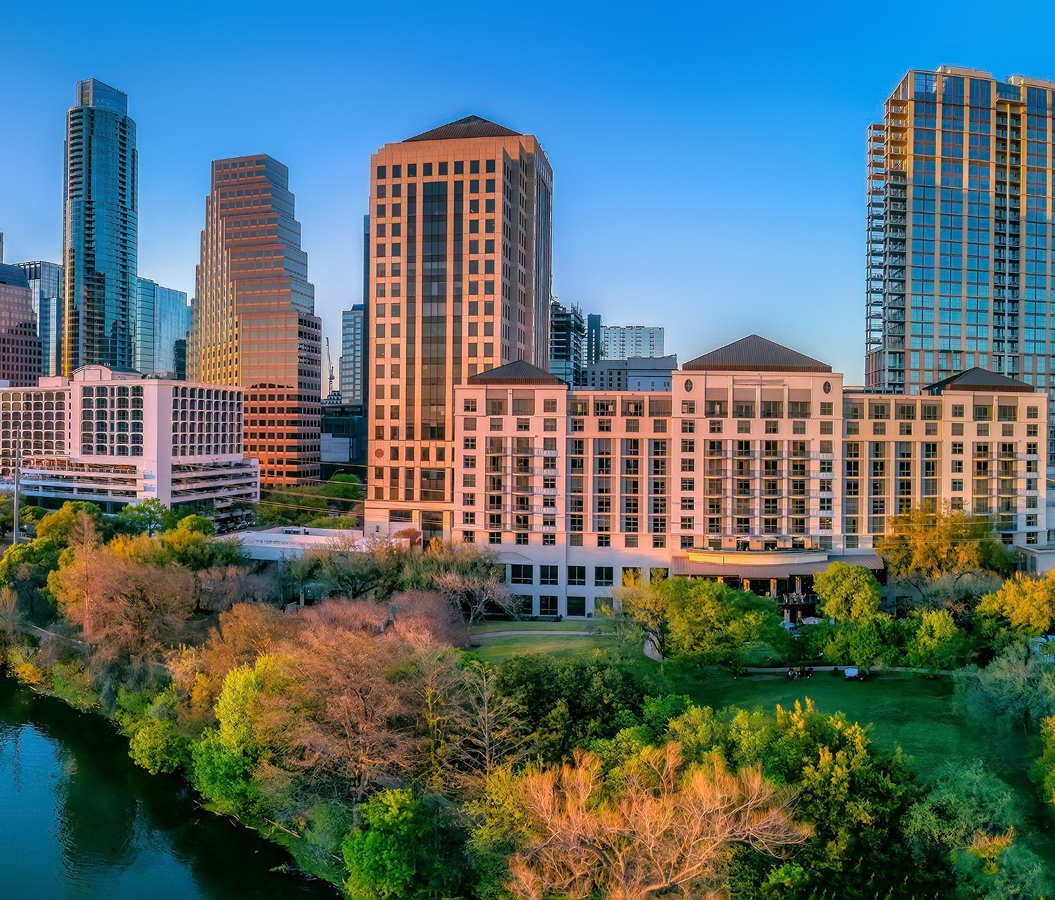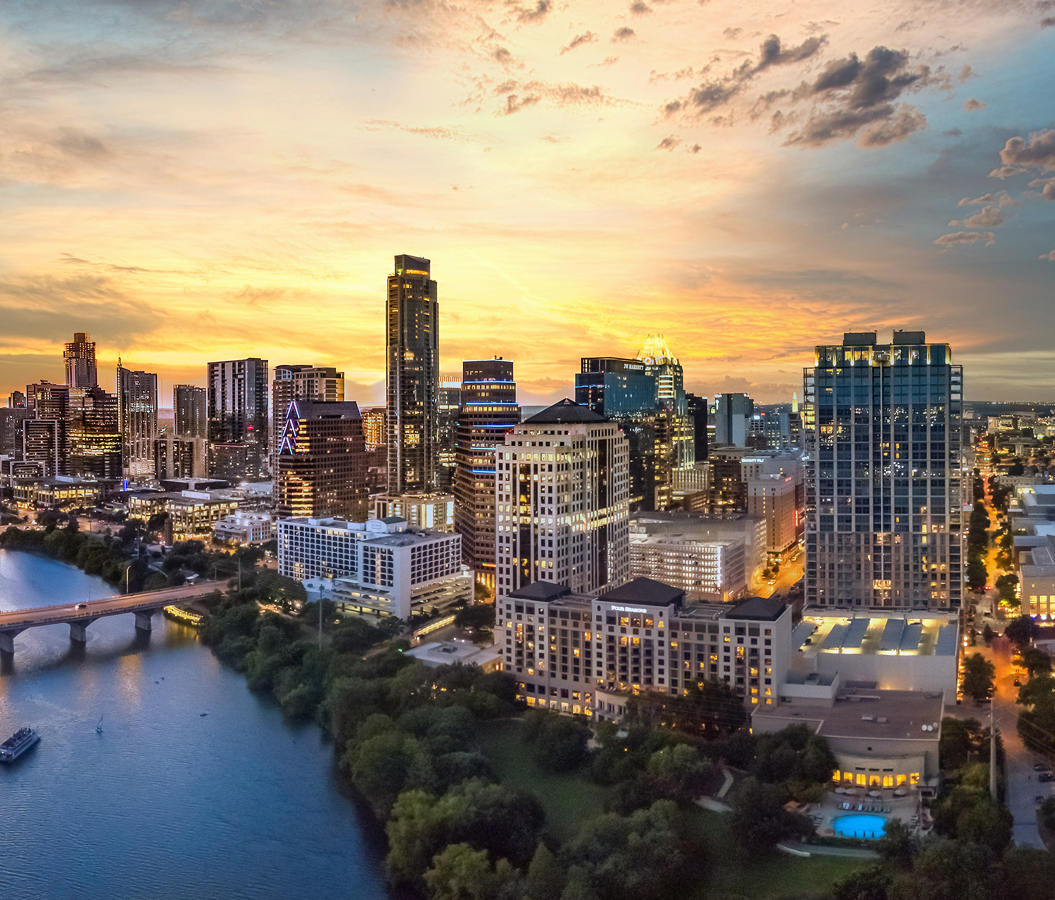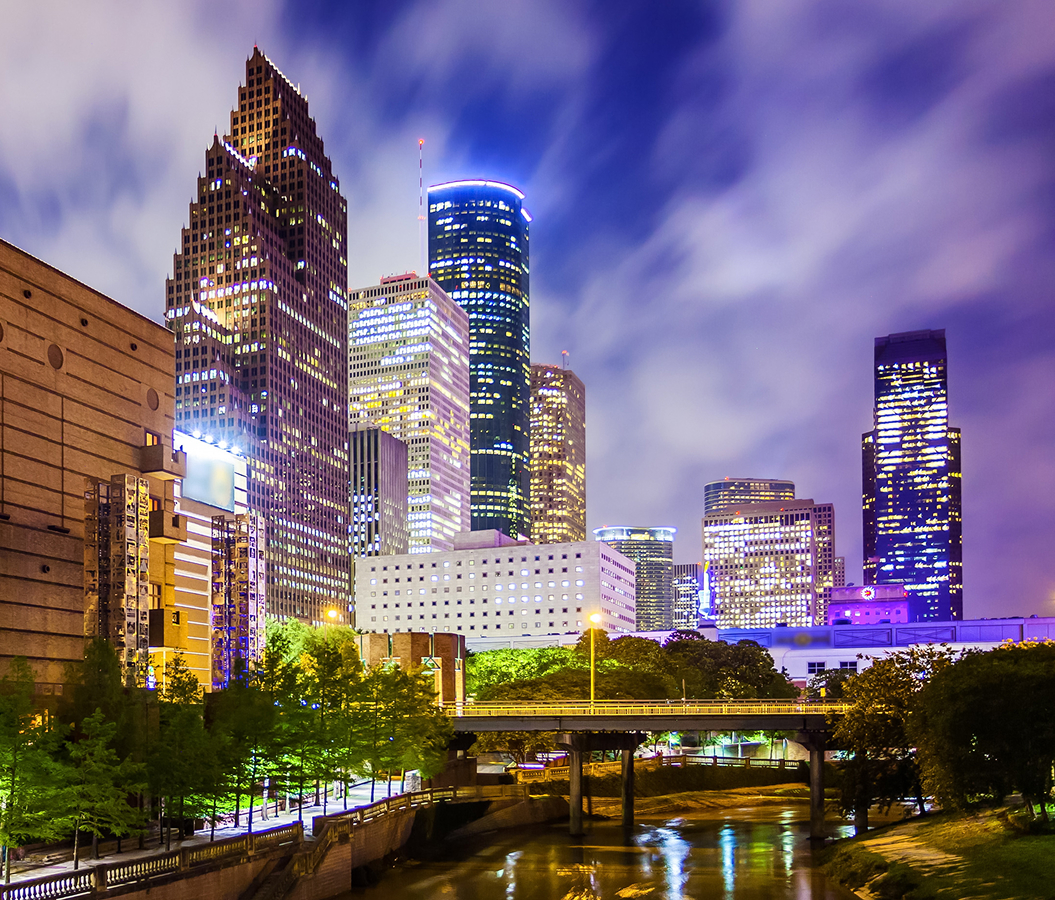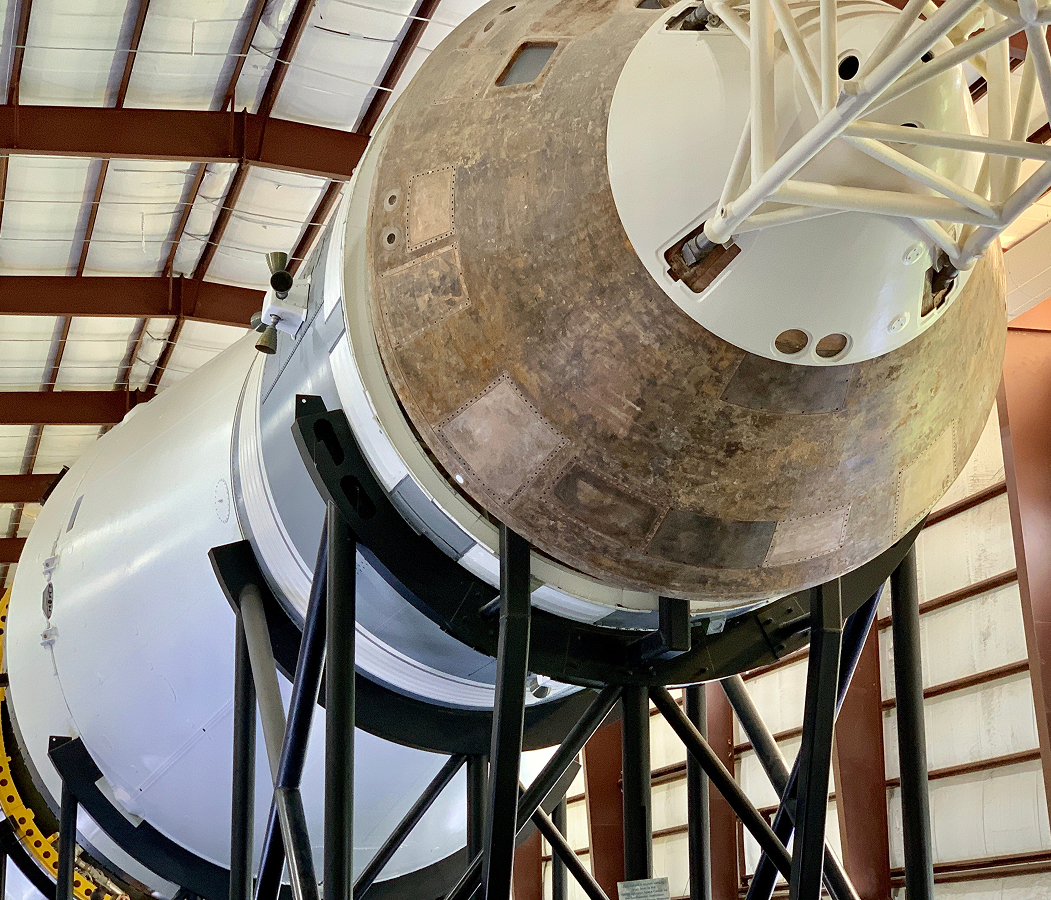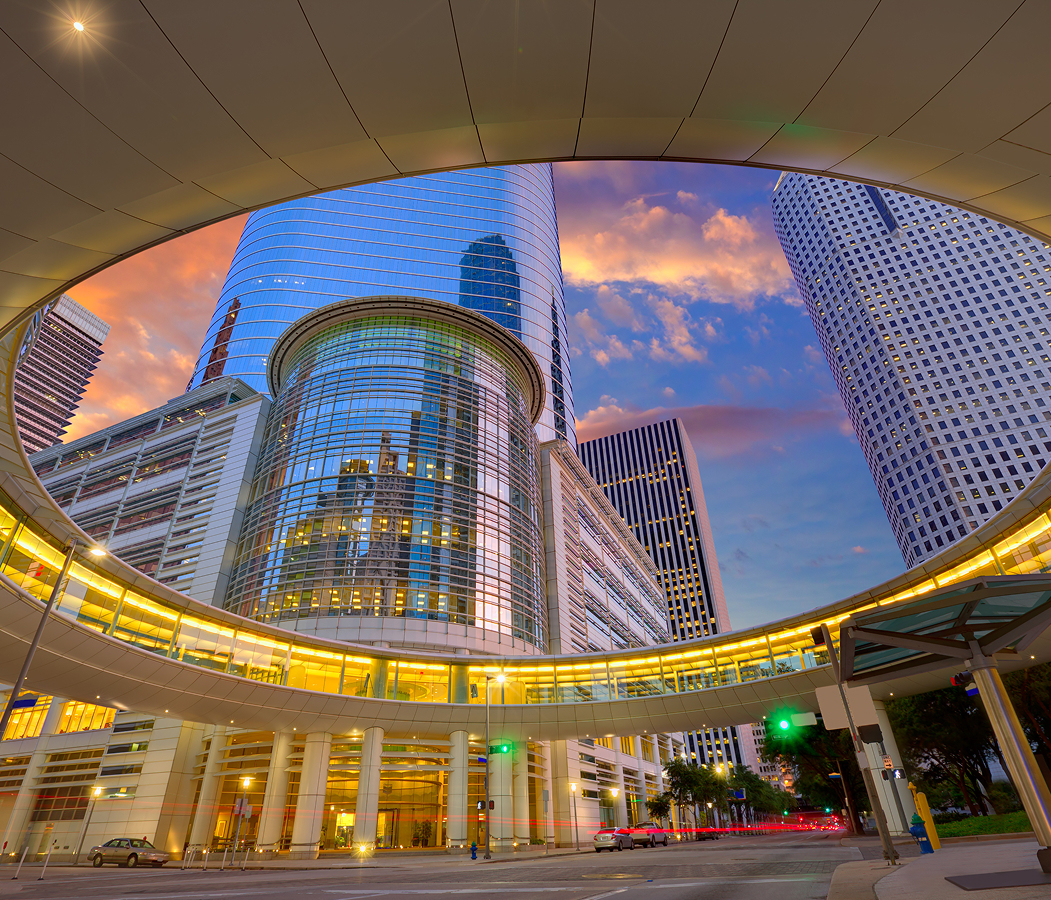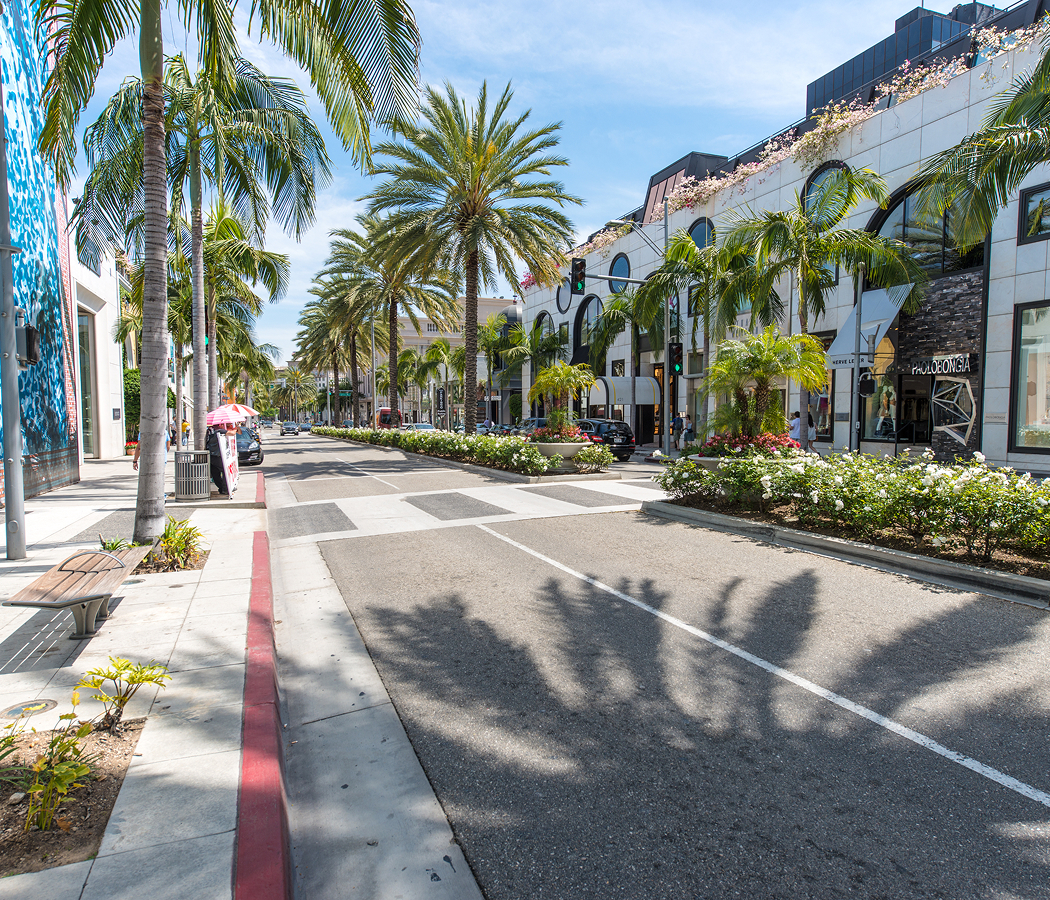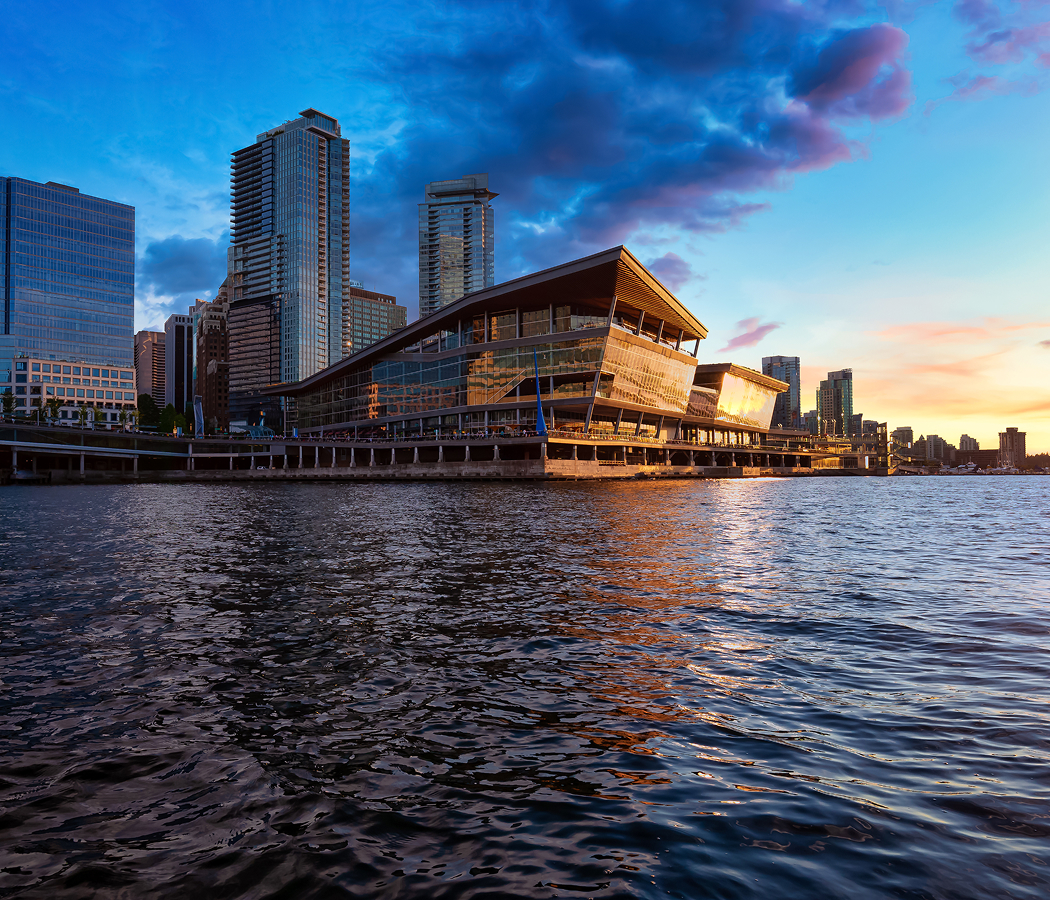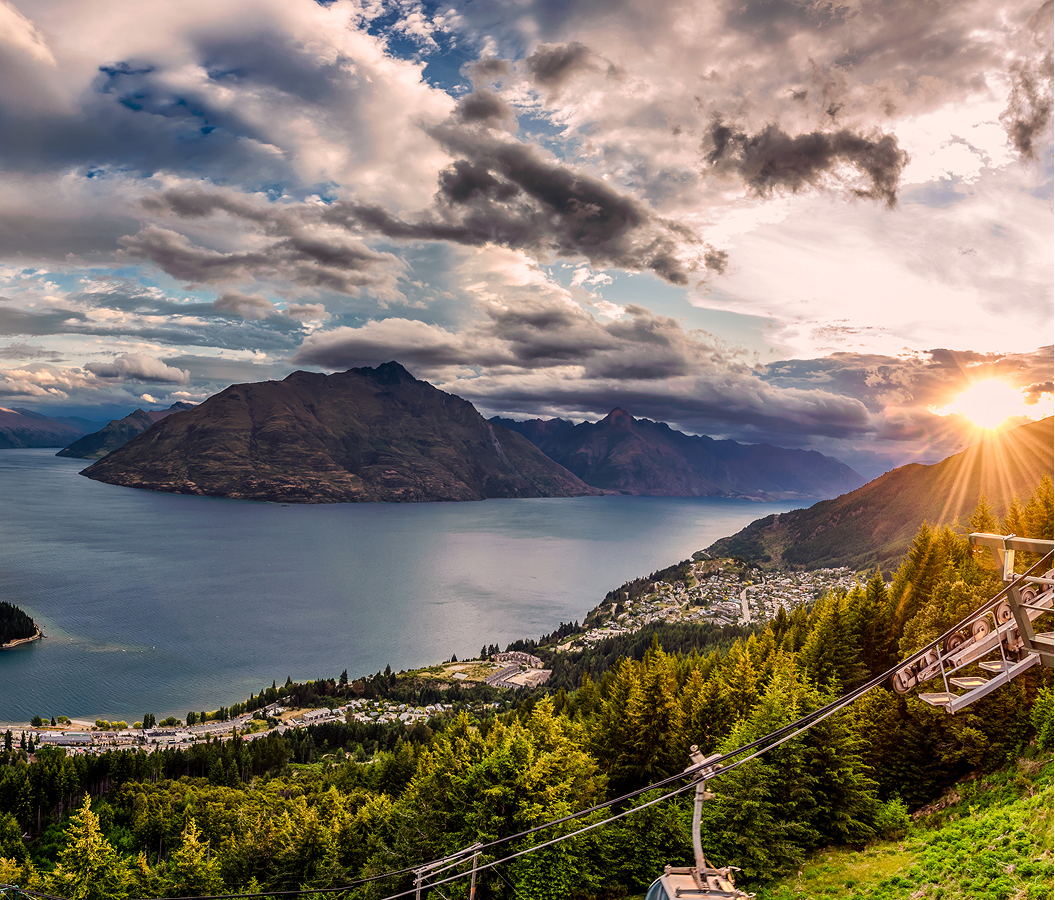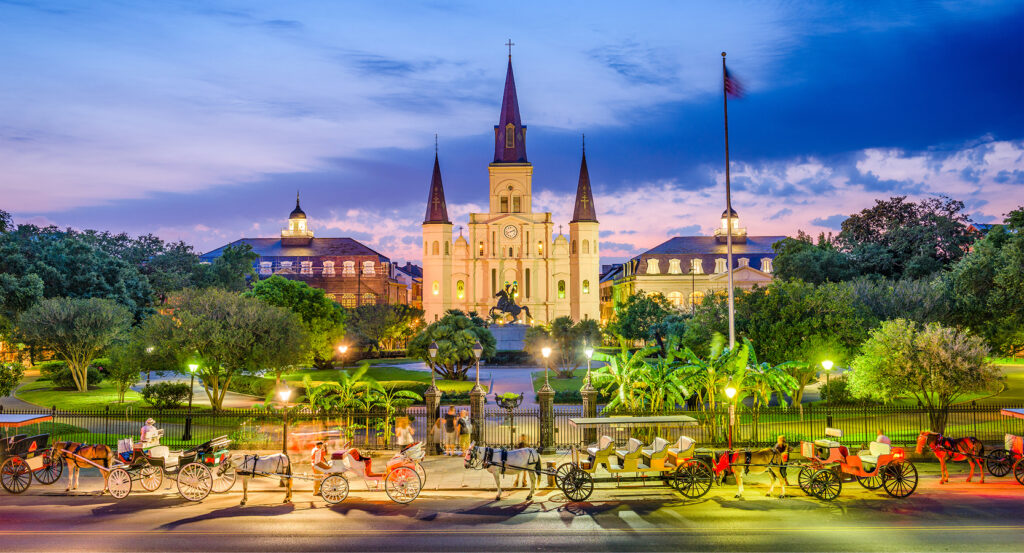
Why you should experience Jackson Square in the French Quarter of New Orleans.
Jackson Square isn’t just a public plaza, it’s the living portrait of New Orleans itself, framed by spires, wrought iron, and the eternal hum of jazz.
Set in the heart of the French Quarter, this beautifully symmetrical square captures the spirit of the city, elegant, unpredictable, and alive with history. Laid out in 1721 as “Place d’Armes,” it was the original parade ground of colonial New Orleans, later renamed in honor of General Andrew Jackson after his victory in the Battle of New Orleans. Today, it stands as one of the most photographed places in America, a perfectly composed scene where the past and present meet. At its center rises Jackson’s bronze equestrian statue, defiantly rearing beneath the soaring white towers of St. Louis Cathedral. Street artists line the iron fences, painting and sketching the scenes around them, while musicians fill the air with the sound of brass and soul. The scent of beignets drifts from nearby Café du Monde, mingling with the laughter of tourists and the clip-clop of passing carriages. To stand in Jackson Square is to feel New Orleans breathing, sensual, storied, and always in rhythm with itself.
What you didn’t know about Jackson Square.
Beneath its postcard beauty lies a stage where revolutions, coronations, and declarations once changed the course of Louisiana history.
This was where, in 1803, the Louisiana Purchase was officially finalized, doubling the size of the United States and transforming the continent’s destiny. The square’s surrounding architecture tells that layered story: the Presbytère and Cabildo, both former government buildings, flank St. Louis Cathedral and now serve as museums chronicling everything from colonial governance to Mardi Gras traditions. The Pontalba Buildings, with their signature red-brick façades and delicate cast-iron balconies, remain among the oldest apartment buildings in the country, still occupied, still glowing with gaslight each evening. In the 1930s, preservationists fought to protect the square from modernization, ensuring it would remain the cultural nucleus it is today. The artists who began displaying their work along its fences in the mid-20th century created one of the country’s first open-air art markets, a tradition that thrives to this day. Every inch of Jackson Square carries the weight of history, yet its energy never feels static, it evolves with each note of music, each brushstroke, each passing heartbeat.
How to fold Jackson Square into your trip.
To experience Jackson Square is to surrender to the soul of New Orleans, one glance, and you’ll understand why the city could exist nowhere else.
Begin at sunrise, when the square is still quiet and the morning light gilds the cathedral’s spires in gold. Walk its perimeter to admire the architecture before pausing at the center by the statue of Andrew Jackson, his horse frozen mid-charge, his hat raised in triumph. Step into St. Louis Cathedral for a moment of awe beneath its painted ceilings, or visit the Presbytère and Cabildo to trace the city’s story from colonial rule to Creole culture. By midmorning, the square awakens fully, painters setting up easels, tarot readers shuffling their cards, and brass bands spilling melody into the air. Grab a café au lait and a bag of powdered-sugar beignets from Café du Monde, then find a bench to sit and simply be, watching as time, style, and sound blur together. Return at night when street lamps glow and music dances off the cathedral walls, turning the square into a dreamscape of light and laughter. Jackson Square in the French Quarter of New Orleans isn’t just a landmark, it’s the city’s open heart, beating to a rhythm that never fades.
Hear it from the Foresyte community.
This square is like stepping into a postcard someone forgot to age. The cathedral, the carriages, the brass band… feels staged but nope it’s all real.
Where meaningful travel begins.
Start your journey with Foresyte, where the planning is part of the magic.
Discover the experiences that matter most.

